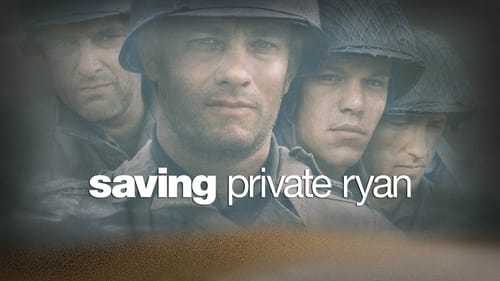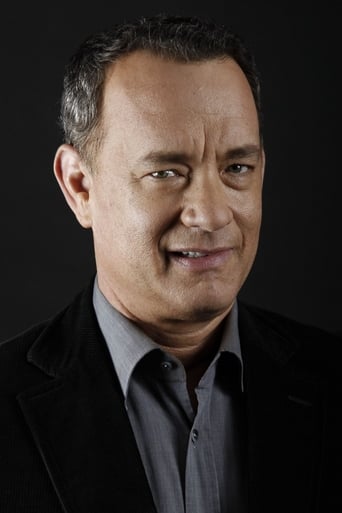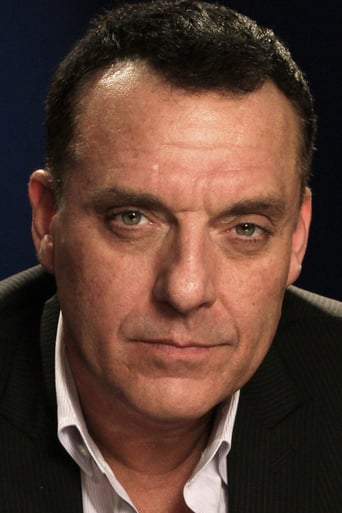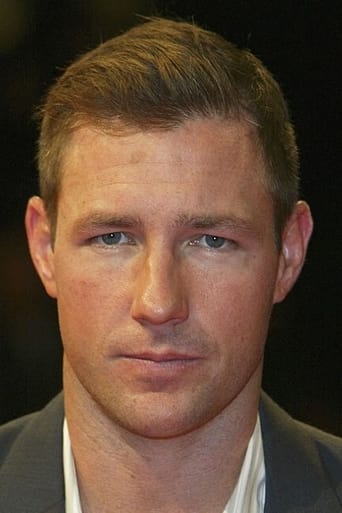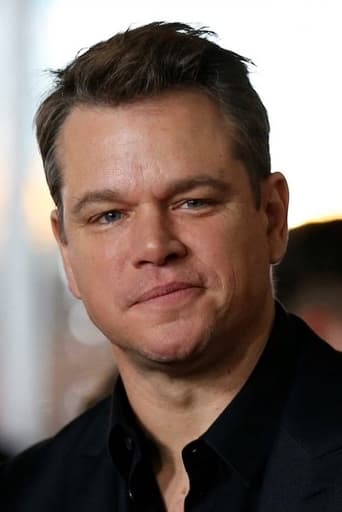rikbloom-115-127800
The 1998 movie "Saving Private Ryan" is one of the all-time great war movies. While much of the movie is a fictional account, the premise behind Capt. Miller's mission is based on a true story. That is the story of the Niland brothers - Edward, Preston, Robert, and Frederick - from Tonawanda, New York.The two middle brothers, Preston and Robert, had enlisted prior to the beginning of the War. After America entered the war the oldest, Edward, and youngest, Frederick, known as Fritz to his friends, joined up in November 1942. Because of the tragedy of the Sullivan brothers aboard the USS Juneau earlier that year, the brothers were split up and sent to different units around the Army. Edward became an enlisted pilot, with the rank of Technical Sergeant, of a B-25 Mitchell bomber flying in the Burma-India-China theatre. Preston was commissioned into the infantry and assigned to Company C, 22nd Infantry Regiment, 4th Infantry Division. Robert and Fritz both became paratroopers. Robert served with Company D, 505th Parachute Infantry Regiment, 82nd Airborne Division. Fritz joined Company H, 501st Parachute Infantry Regiment of the 101st Airborne Division. U.S. Army paratroopers are dropped near Grave, Netherlands while livestock graze near gliders that landed earlier. This was the beginning of Operation Market Garden during World War II, which resulted in heavy Allied losses. As fate would have it, three of the brothers found themselves preparing for the invasion of mainland Europe.However, before the brothers could start their "Great Crusade" to liberate Europe, Edward was shot down somewhere over Burma. He was listed as Missing in Action, but this usually carried a presumption of death at the time, especially if he had fallen into the hands of the Japanese. Then, in the early morning hours of June 6, 1944, Robert and Fritz joined over 23,000 Allied paratroopers in cracking Fortress Europe. Although Fritz's unit, 3rd Battalion, 501st PIR, was supposed to be the division reserve, the misdrops meant they were thrust into action in ad hoc groups. These forces were able to secure vital causeways, bridges, and locks allowing the 4th Infantry Division, and Niland brother Preston, to exit Utah beach later that day. U.S. Soldiers of the 8th Infantry Regiment, 4th Infantry Division, move out over the seawall on Utah Beach after coming ashore. Other troops are resting behind the concrete wall. Elsewhere, Robert Niland had landed outside of Ste. Mere-Eglise with the rest of the 505th as part of Mission Boston. After the 3rd Battalion was able to capture the town early in the morning, the 2ndBattalion linked up with it to establish a defensive perimeter. When a strong German counter-attack came from the south, Robert Niland and the rest of D Company's 3rd platoon were left to guard the northern approaches to the town in a small village called Neuville. When two companies of Germans came at their position, they fought tenaciously to hold them off to buy time for their comrades to the south. When the position became untenable, Robert Niland, along with two other paratroopers, volunteered to stay behind and cover the platoon's retreat toward Ste. Mere-Eglise.While manning a machine gun in the face of the German onslaught, Robert Niland was killed in action. That very same morning, Lt. Preston Niland led his men onto the shores of Utah beach as part of the seaborne invasion of Normandy. Though casualties were relatively light for the men of the 4th Infantry Division on Utah beach, the battles beyond would be much tougher. Despite having made if off the beaches, the men of the 4th Infantry Division still had numerous gun batteries of Hitler's Atlantic Wall to clear. The task of capturing the Crisbecq battery, which had already sunk the destroyer USS Corry, fell to Lt. Niland and his men. On June 7, Niland led his men against the German position. During the heavy fighting Niland fell mortally wounded. The rest of his unit was repulsed. The battery would not fall until several days later to units of the 9th Infantry Division. The Niland brothers' parents received all three notifications in a very short amount of time. Their only condolence was a letter from Fritz informing them that "Dad's Spanish-American War stories are going to have to take a backseat when I get home. "Fritz was unaware of the fate of his brothers. When the War Department received word of the tragedy orders were dispatched to return Fritz Niland to the United States. That task fell to the regimental Chaplin, Father Francis Sampson. Sampson located Fritz, who had been searching for his brother in the 82nd and began to paperwork to send him home. Returning to the United States in 1944, Fritz served for the remainder of the war as an MP in New York.This article was written by James Elphick and originally appeared on WeAreTheMighty.com





